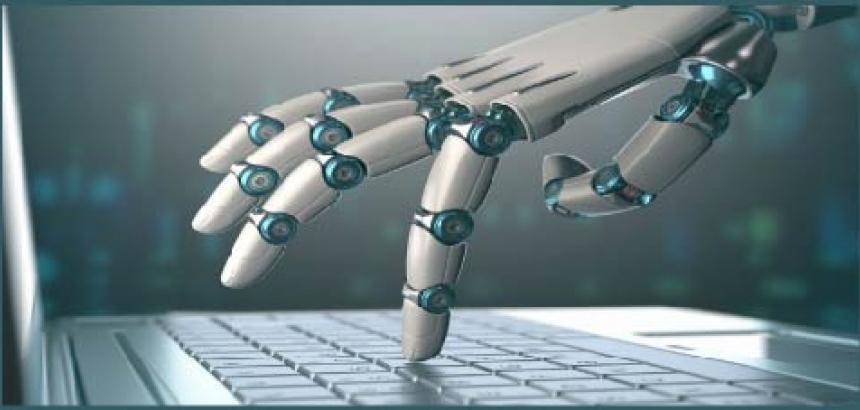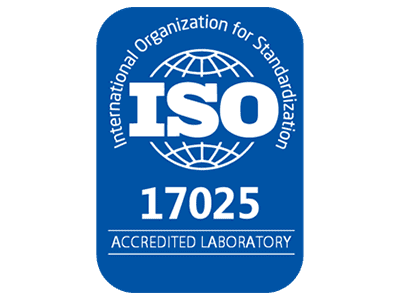In 2000, when the world’s first smartphone was marketed, the industry witnessed the largest economic revolution. We have come far from that day and today, according to a report by McKinsey and Company, Robotic Process Automation will create a market of more than $6.7 trillion by the end of 2025. This is likely to bring the second-largest revolution in the automation market.
RPA is a set of software tools and technology that replicates human actions like running applications, processing data, operating applications, performing complex calculations, and manipulating data. These robots are designed using a specific code, allowing them to work 24 X 7 for different tasks. For example in the back-office RPA may be used for maintaining records and queries to automating the month-end reporting for the finance department, there is nothing an RPA cannot perform.
RPA comes in handy in a wide range of sectors including process automation of office tasks, assisted automation, and IT support. The umpteen benefits of technology are inclining companies to use RPA on a large scale.
Where does RPA fit in?
According to research by Deloitte, a RPA software can perform more than 60 actions in a sequence. Selecting the right process of RPA is crucial for the successful implementation of an RPA project.
In the insurance sector, RPA is used to update client profiles, generate renewal premiums, processing the claim, underwriting process, administration of policy. RPA is most suitable for processes, which are clearly defined, ruled based, standardized and repeatable. Furthermore, to yield maximum leverage from an RPA process, the volume of work should be large to justify the RPA expenditure.
Components of RPA
For the robots to seamlessly integrate into the business process, you need to focus on implementing certain tools and focus on the following components to complete the RPA platform. QualityKiosk uses the AAIM framework for RPA.
Analyze – Just because the world is going crazy over RPA, you cannot blindly follow what others are doing. Analyzing the business processes for RPA candidature is crucial. RPA thrives and works wonders when subjectivity is eliminated from a process. For identifying whether the process is suitable for an RPA or not, consider the following:
- Suitable where the rules of business for the processing of transactions clear
- Suitable for processes and transactions involving digital and structured data
- Fruitful and profitable for projects with a longer shelf life
- Apt for processes requiring improved accuracy, customer service and cost reduction
Automate – You need to understand that automating every part of the business process is futile because you will only end up incurring a high cost without reaping any benefits. Therefore, automate the relevant part of the business process for best results. Focus on automating processes that are critical, do not require much human intervention, and process requiring multiple systems to work in sync.
Integrate – A bouquet of tools is available, which you need to integrate with the RPA to transform and streamline your organization’s workflow. RPA can easily integrate with any third-party services for which no application interface exists. From the scheduling of transport to container optimization, you can integrate anything into the robotic process without the interference of the IT department of both parties. Integrating different tools, which helps you reach the RPA objectives.
Manage – The success of RPA involves how well you manage and monitor the RPA processes. From analyzing the log for each activity to ongoing monitoring, you need to ensure that every task is completed with facing and bottlenecks. Continuous improvement is crucial to reap benefits from the RPA process.
Benefits of RPA
Low cost – Robotic process automation costs less than one-third the price of a full-time employee. And, robots can operate 24/7 when compared to humans who work for 8 hours a day.
Enhanced accuracy – RPA is renowned for providing excellent services to processes having a high probability of human error. Robots work selflessly and never whine when expected to work without rest. Robots remove the amount of re-work, thereby improving the quality of the output drastically.
Improved consistency – Robots are safe because they never interfere with the systems and perform the work with the same level of consistency every time. Consistency enhances the quality and improves the processes.
Improved performance metrics – With just the push of a button, reports are available, which drastically cuts down the number of steps, which otherwise takes a significant amount of time. These readily available metrics help the companies make an informed decision.
RPA is burgeoning and is an advanced technology revolutionizing and changing the ways various business processes are running.



